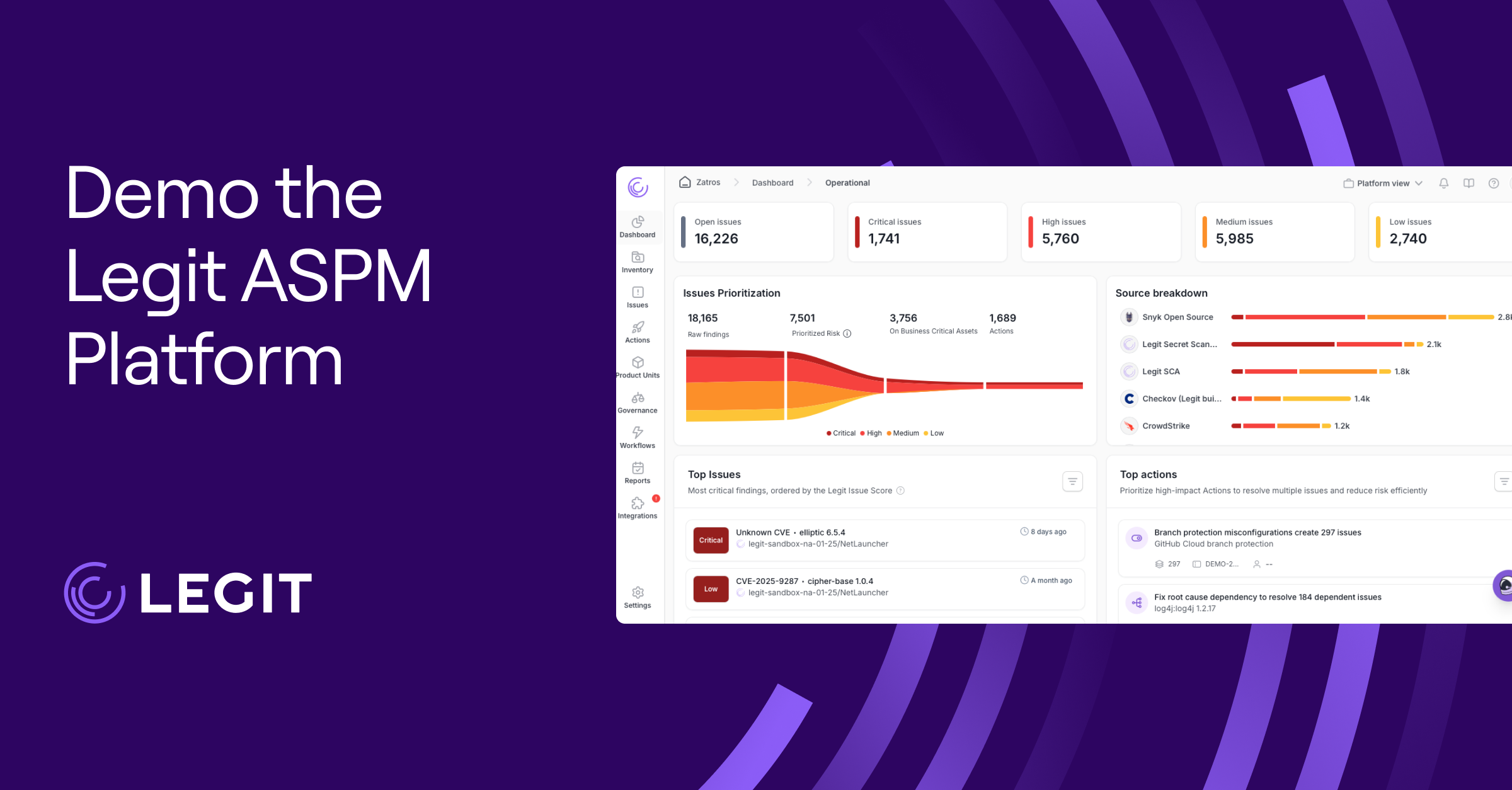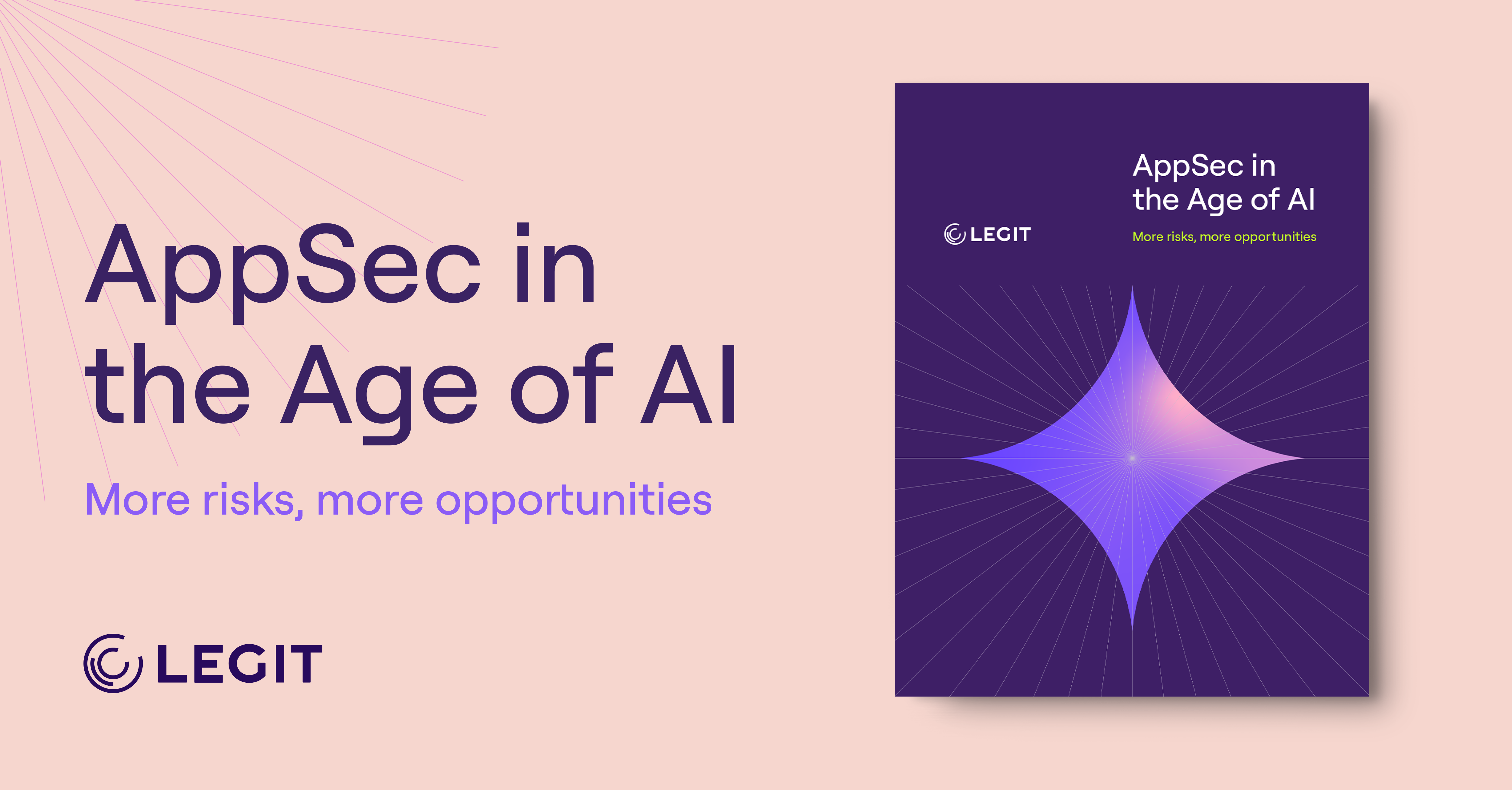Get details on how AI is transforming software, and how it is developed.
AI is not only revolutionizing how software gets built, it’s also transforming the makeup of software itself. Here's how ...
AI changes software development
We’re currently experiencing the rise of the AI developer. Almost like pair programming, developers now have another “developer” working alongside them, completing the code and offering suggestions. In turn, the role of the modern software developer is evolving, from that of coder to that of an architect with a “supervisor” mindset. Here are the ways it’s happening:
AI code generating tools
By offering suggestions, code snippets, and writing complete features and pushing them to production, code assistants greatly increase the speed of software delivery and put the engineer in the director’s chair as code is developed. A recent CodeSignal survey found that 81% of developers surveyed reported using AI-powered coding assistants. Among these users, 49% utilize them daily, and 39% use them weekly.
In a recent survey of 400 security professionals and developers conducted by Legit, 96% of security and software development professionals report that their companies use GenAI-based solutions for building or delivering applications. 88% of developers surveyed report using AI coding assistants.
Vibe coding
A term created in February 2025 by computer scientist Andrej Karpathy, vibe coding and vibe coding tools such as Cursor allow developers to use natural language to deliver prompts that drive AI to generate the code itself and perform developer tasks such as running tests. Gartner reports that, by 2028, 40% of new enterprise production software will be created with vibe coding techniques and tools (Gartner, “Why Vibe Coding Needs to be Taken Seriously,” May 20, 2025).
LLM agents for coding workflows
“Teams” of AI agents can now work together to plan, write, test, and document code. Each agent uses AI to execute its specific task and then integrates with others on the “agent team” to further the code development process.
At Microsoft's Build 2025 developer conference, CTO Kevin Scott announced that the daily active usage of AI agents has more than doubled compared to the previous year. This surge underscores the rapid integration of AI agents into development workflows.
Find out how we are helping enterprises like yours secure AI-generated code.

AI changes software itself
The ability to develop software faster and with less coding skills means more people will be creating more software. Not only will there be more of it, but it will also be different.
AI is now a part of the application architecture. Models, LLMs, and agents are key features of the software stack, meaning every software product today has some AI component that is fetching data or communicating with other tools. For instance, the user interface is now a chat, or there is an agent that can query data for you.

And AI is not just enhancing your software, it’s another user of your software. As AI agents communicate with each other, every organization should expect their own and outside AI agents to be interacting with their data.
What are the security implications?
AI is radically altering both software development, and software. This, in turn, is transforming what it means to secure software. But beyond all the fear and uncertainty, there are also myriad opportunities. Security can and should take advantage of these changes to solve some of the long-standing AppSec problems and make the process more efficient and effective.
Ultimately, AI is, and should be thought of as, a mix of new cybersecurity risk and new opportunity. AI is adding new levels of complexity and attack surfaces to development, but it's also giving us powerful new ways to manage that risk more effectively. In other words, AI is the problem, but also the solution.
Learn more about this shift in our new guide, AppSec in the Age of AI.
Download our new whitepaper.

